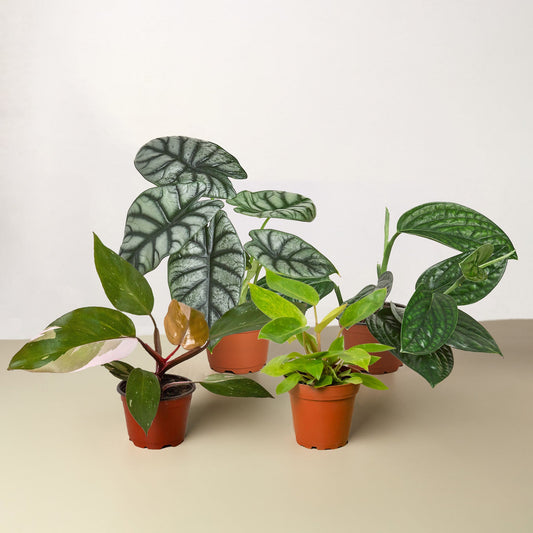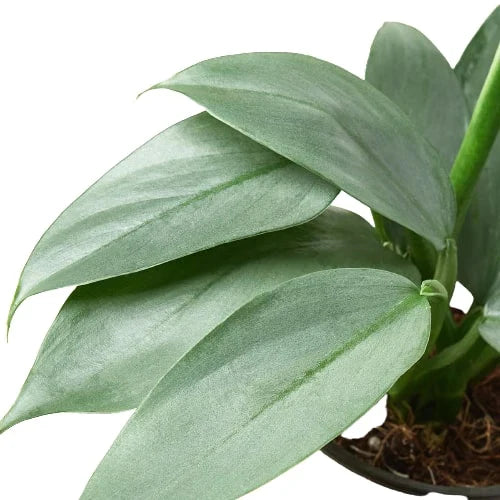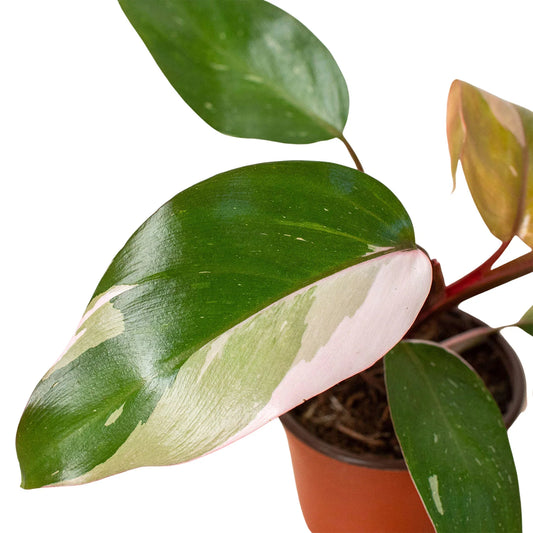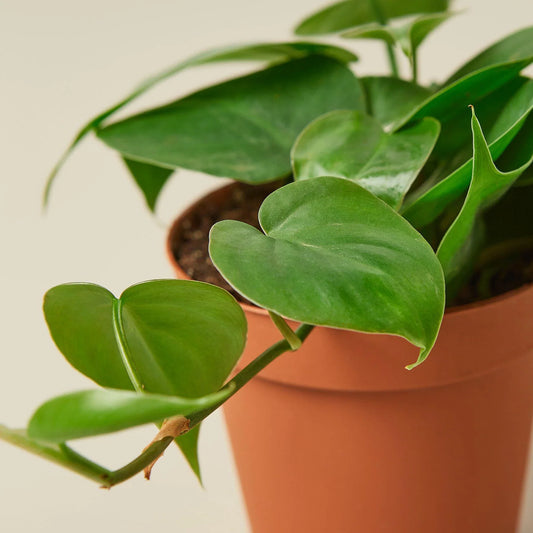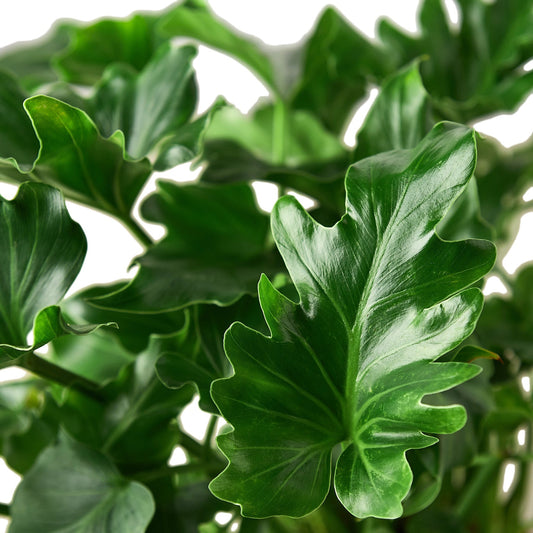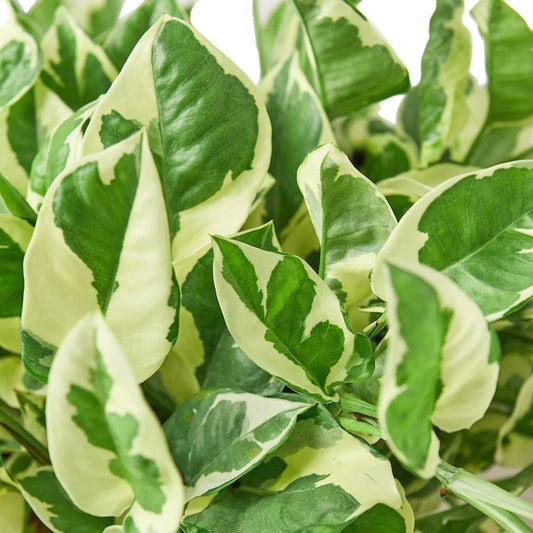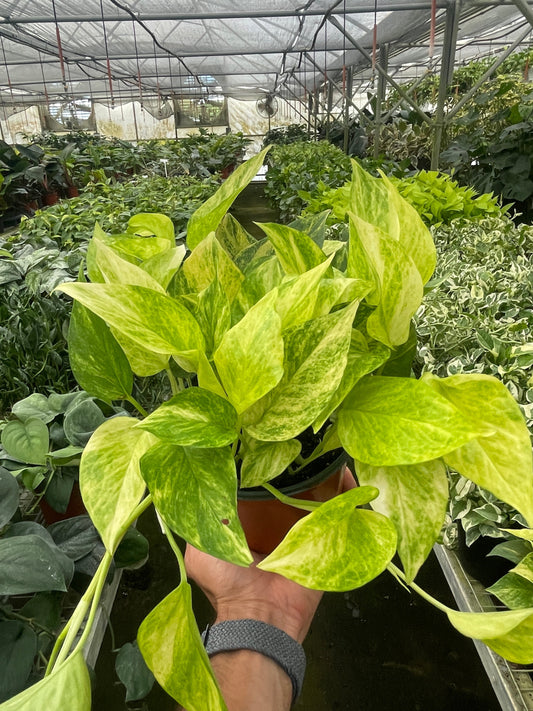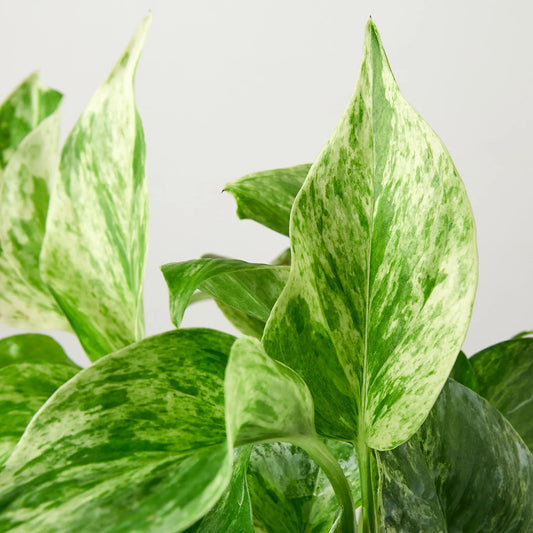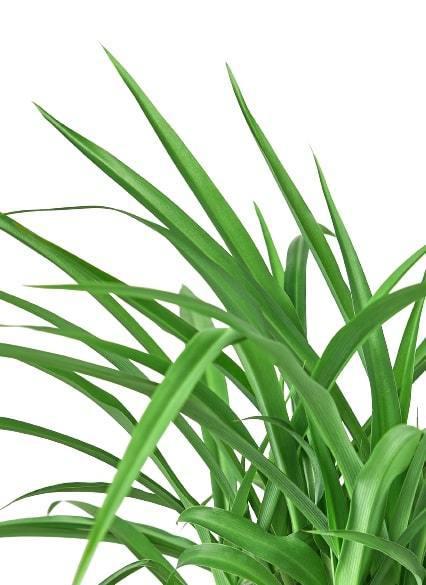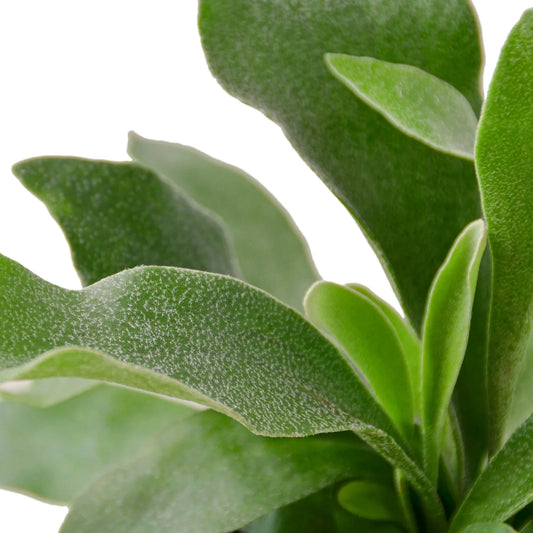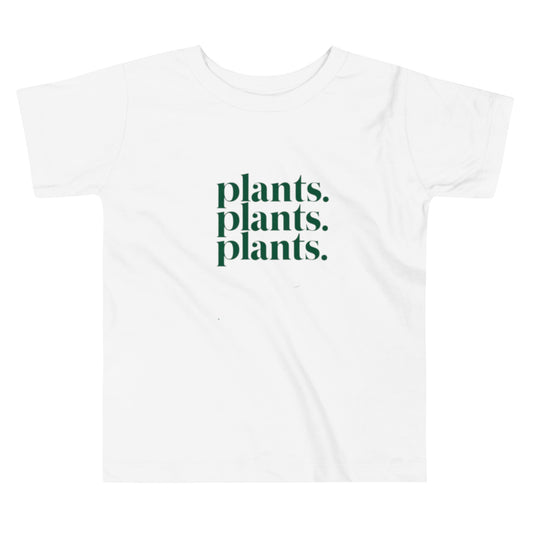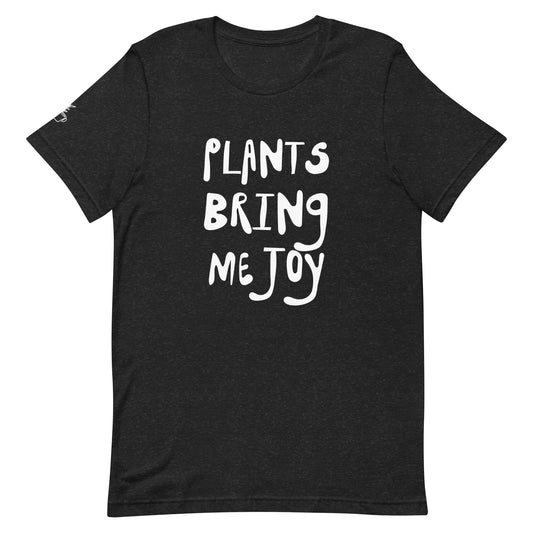What's the Best Fertilizer For Calla Lilies?
Cafe Planta Team
Calla lilies are a classic favorite for many plant lovers. Their elegant blooms and lush green leaves make them a standout in any indoor garden. But like all plants, they need the right nutrients to thrive, and that's where choosing the best fertilizer comes in.
In this article, we'll explore the best fertilizers for calla lilies, how to use them, and some practical tips to keep your plants looking their best. Whether you're a seasoned plant parent or just getting started, you'll find useful insights to make your calla lilies flourish.
Understanding the Nutritional Needs of Calla Lilies
Before we dive into specific fertilizers, it’s helpful to understand what calla lilies actually need to grow strong and healthy. Like many flowering plants, they thrive with a balanced diet of key nutrients. But what does that mean in simple terms?
Calla lilies need a mix of macronutrients: nitrogen (N), phosphorus (P), and potassium (K). These are the building blocks of plant health:
- Nitrogen helps with leaf and stem growth. It’s the nutrient that keeps your plant's foliage lush and green.
- Phosphorus is crucial for root development and flower production. It ensures your calla lilies have strong roots and beautiful blooms.
- Potassium supports overall plant health, helping with disease resistance and water regulation.
In addition to these, calla lilies benefit from micronutrients like calcium, magnesium, and sulfur, but in smaller amounts. These nutrients support various physiological functions in the plant.
Choosing the Right Fertilizer
Now that we know what nutrients calla lilies need, we can look at the types of fertilizers that provide these essentials. With so many options out there, it can feel overwhelming. But don't worry, I've got you covered with some options that work wonders for calla lilies.
Balanced, Water-Soluble Fertilizers
One of the easiest ways to feed your calla lilies is by using a balanced, water-soluble fertilizer. These are great because they dissolve in water, making it easy for the plant to absorb the nutrients quickly.
- Look for a fertilizer with a balanced N-P-K ratio, such as 10-10-10 or 20-20-20. This ensures your plant gets equal parts of nitrogen, phosphorus, and potassium.
- Follow the package instructions closely. Typically, you’ll mix a specific amount of fertilizer into your watering can and apply it every few weeks during the growing season.
Slow-Release Granules
If you prefer a low-maintenance approach, slow-release granules might be just the ticket. These fertilizers release nutrients gradually over time, providing a steady supply without frequent applications.
- Choose a product labeled for flowering plants, which often have a higher phosphorus content to support bloom production.
- Sprinkle the granules evenly over the soil surface and water them in. The nutrients will slowly seep into the soil as you water your plants over the weeks.
Organic Options
For those who prefer organic gardening methods, there are several natural fertilizers that can do the trick. Composted manure, bone meal, and fish emulsion are popular choices for providing nutrients in a more sustainable way.
- Composted manure is rich in nutrients and improves soil structure, but be cautious with the amount as it can be quite potent.
- Bone meal is excellent for phosphorous, which is great for root and flower development. It’s perfect if your calla lilies need a bloom boost.
- Fish emulsion is a liquid fertilizer that’s easy to use and provides a balanced nutrient supply. Just be aware of the smell—it’s not for everyone!
Application Tips and Timing
Knowing when and how to apply fertilizer is just as important as choosing the right type. Here are some handy tips to help you out:
- Start in Spring: Begin fertilizing when you see new growth in spring. This is when your calla lilies will need extra nutrients to support their growth spurt.
- Frequency: For water-soluble fertilizers, aim to feed every 4-6 weeks during the growing season. With slow-release granules, you might only need to apply once or twice a season.
- Stop in Fall: As the growing season winds down in the fall, reduce or stop fertilizing. Your plants will naturally slow down, and they won’t need as much food.
- Watering: Always water your plants before fertilizing. This helps prevent root burn and ensures the nutrients are absorbed more effectively.
Signs Your Calla Lilies Need Feeding
Sometimes it can be tricky to know if your plants are getting enough nutrients. Here are some signs that your calla lilies might be hungry:
- Yellowing Leaves: If the leaves are turning yellow, it could be a sign of nutrient deficiency, often due to a lack of nitrogen.
- Poor Blooming: A lack of phosphorus can lead to fewer or smaller flowers. If your calla lilies aren’t blooming as they should, it might be time to boost their phosphorus intake.
- Weak Stems: Potassium helps with overall plant vigor. Weak or floppy stems might indicate a need for more potassium.
Keep in mind that over-fertilizing can cause just as many issues as under-fertilizing, so always follow the recommended guidelines.
Common Fertilizer Mistakes to Avoid
Even the best intentions can sometimes lead to mistakes. Here are a few common pitfalls to watch out for:
- Over-Fertilizing: More isn’t always better. Too much fertilizer can lead to nutrient burn, where the leaves turn brown and crispy at the edges.
- Incorrect Ratios: Using a fertilizer with the wrong nutrient balance can lead to problems. For example, too much nitrogen can lead to lush foliage but fewer flowers.
- Ignoring Soil pH: Calla lilies prefer slightly acidic to neutral soil. If the pH is off, the plant might not be able to absorb nutrients properly, no matter how much you fertilize.
It’s always a good idea to test your soil every now and then to ensure it’s in optimal condition for your plants.
Pairing Fertilizers with Proper Soil
While fertilizers provide essential nutrients, the soil is the foundation of healthy plant growth. Calla lilies thrive in well-draining soil that retains some moisture but doesn’t stay soggy. Here’s how you can ensure your soil is up to par:
- Amend Your Soil: Adding organic matter like compost or peat moss can improve soil structure and drainage.
- Check Drainage: If your soil doesn’t drain well, consider adding perlite or sand to improve aeration and prevent root rot.
- Maintain Moisture: Calla lilies like consistent moisture, so make sure the soil stays evenly damp, but not waterlogged.
By pairing good soil practices with the right fertilizer, you’ll set your calla lilies up for a thriving growing season.
Fertilizing Calla Lilies in Containers
If you’re growing calla lilies in containers, there are a few extra considerations to keep in mind. Container plants often require more frequent feeding than those in the ground since nutrients can leach out with each watering.
- Use Potting Mix: Choose a high-quality potting mix designed for container plants. These mixes often contain added nutrients to support plant growth.
- Monitor Watering: Containers dry out more quickly, so you may need to water and fertilize more often. Keep an eye on the soil moisture and adjust as needed.
- Fertilizer Choice: A liquid fertilizer might be more suitable for container plants, as it’s easier to control the amount and frequency of application.
By keeping these tips in mind, you’ll ensure that your container-grown calla lilies receive all the nutrients they need.
Experimenting with Homemade Fertilizers
For the DIY enthusiasts out there, making your own fertilizer can be a fun and rewarding project. Here are a few homemade options that can give your calla lilies a nutrient boost:
- Banana Peel Fertilizer: Rich in potassium, banana peels can be chopped up and buried in the soil, or soaked in water to create a liquid fertilizer.
- Coffee Grounds: Used coffee grounds can provide a gentle nitrogen boost and improve soil texture. Just sprinkle them lightly on the soil surface.
- Eggshells: Crushed eggshells add calcium to the soil. They can be mixed into the soil or steeped in water for a calcium-rich tea.
These homemade solutions can supplement your regular fertilizing routine and add an extra layer of care to your calla lilies.
Final Thoughts
Choosing the best fertilizer for your calla lilies is all about understanding their needs and giving them the right nutrients. By selecting the right type of fertilizer, applying it at the right time, and avoiding common mistakes, you'll help your plants thrive.
At Cafe Planta, we believe in the joy and connection that plants bring into our lives. Whether you're looking for new plants, care accessories, or just some friendly advice, we're here to help. Feel free to email us or drop us a message on Instagram. Let’s grow together!








